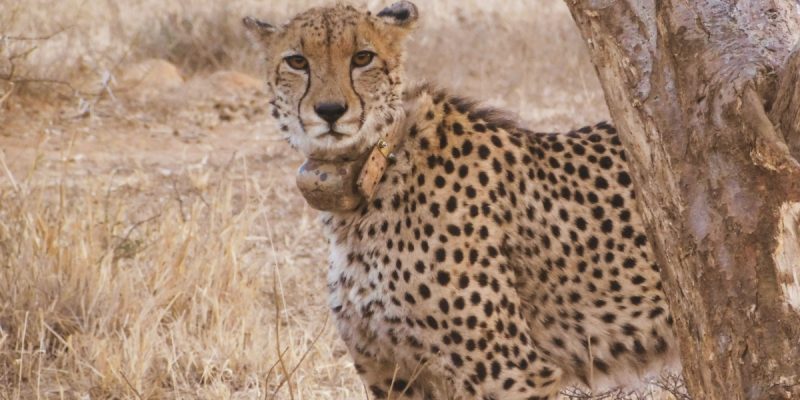Infection
Ninth Cheetah in Kuno Died Due to Maggot Infection
New Delhi: Dhatri, the female cheetah that authorities found dead in the wild in Madhya Pradesh’s Kuno National Park on August 2, died due to myiasis or maggot infection.
The Cheetah Conservation Fund (CCF), which assists Project Cheetah, said this in a series of tweets on August 3. Dhatri is the third cheetah to die of such an infection in the Park. Post-mortem reports found that the cause of death of cheetahs Tejas and Suraj on July 11 and 14 were due to septicaemia. The animals had maggot-infested wounds, per reports.
Maggot infestation, again
In a series of tweets on August 3, the Cheetah Conservation Fund (CCF) which assists Project Cheetah, said that a post-mortem revealed that the ninth cheetah that was found dead in Kuno on August 2 died due to myiasis, or infection caused by fly larvae (maggots).
CCF’s Conservation Release programme manager, Barth Balli, spent 10 days tracking Dhatri, a female from Namibia, to get close enough to capture her, the tweets said. Though he could not capture her he saw that she had successfully hunted, it added.
“In collaboration with the Kuno National Park vet team, CCF conducted a post-mortem examination. The cause of death was infection due to maggot infestation (myiasis),” the tweet said. “This was the same cause of death for two male cheetahs and the reason why we were tracking Dhatri for recapture.”
The CCF added that authorities have removed collars from all cheetahs in captivity while they “develop and test a better collar material for their monitoring devices”.
After male cheetahs Tejas and Suraj’s deaths on July 11 and 14, post-mortem reports revealed that the animals had died due to “traumatic shock” set on by septicaemia. Per reports, the animals had maggot-infested wounds. Experts had said that the infections were caused by the radio collars on the animals’ necks. However, the National Tiger Conservation Authority (NTCA) which implements Project Cheetah denied this and said that all deaths have been due to “natural causes”. However, authorities have been capturing all cheetahs in the wild in Kuno to monitor their health.
In their tweet, the CCF said that fly eggs have a rapid incubation rate and the larvae “are not easy to detect”.
“They quickly reach full growth in less than a couple [of] days. Myiasis also occurs in humans, and is common in rural areas with tropical climates (India) or during rainy seasons in arid climates (Namibia).”
All in bomas doing well
With Dhatri’s death, there is only one more cheetah in the wild in Kuno.
Teams are working to bring back Nirva, a female from South Africa, for “comprehensive health assessments and any necessary treatments”, the CCF said. It added that all the other 14 cheetahs at Kuno in pre-release bomas – seven males, six females, and a female cub – are “healthy and thriving”.
“They are under regular observation by our expert team in Kuno,” their tweet said.
“Our priority is the well-being of these incredible animals, and their progress toward successful release into the wild,” the tweet also added.
Studies conducted between 2004 and 2018 found high success rates – of between 75-96% – of “selected individuals in achieving independence post-release”, it claimed.
Of the 20 adult cheetahs that arrived in Kuno in September 2022 and February this year as part of Project Cheetah – India’s ambitious cheetah reintroduction programme – six have died due to various causes. Three of the four cubs born in the park have also died.

